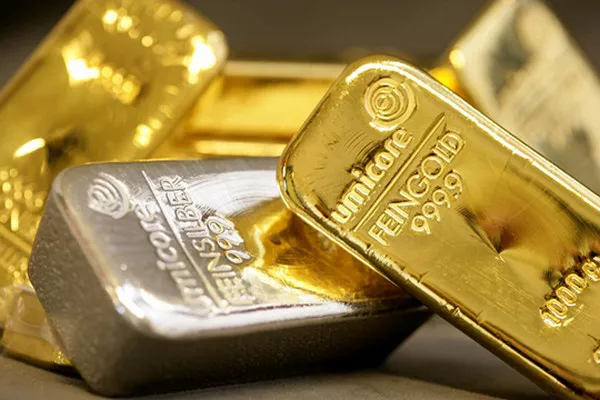Silver, often referred to as the “poor man’s gold,” has captivated the attention of investors for centuries. With its unique properties and diverse applications, silver holds both industrial and monetary value. Understanding the factors that influence silver prices is crucial for investors looking to maximize their returns. In this article, we will explore the dynamics that drive silver prices and provide insights into when we might expect an upswing in the market.
-
The Industrial Demand Factor:
Silver’s industrial demand plays a significant role in its price fluctuations. With its exceptional conductivity and reflectivity, silver is an integral component in the production of electronics, solar panels, medical devices, and various other industrial applications. Consequently, changes in global industrial production and technological advancements can impact the demand for silver.
As economies grow and technological innovations continue to emerge, the demand for silver is expected to increase. Therefore, investors should monitor economic trends, manufacturing data, and advancements in technology to gain insights into potential future surges in silver prices.
-
Market Speculation and Investor Sentiment:
Similar to other precious metals, silver prices are influenced by market speculation and investor sentiment. Investor demand for silver as a safe-haven asset during times of economic uncertainty can drive up prices. Additionally, large institutional investors and hedge funds can significantly impact the market by strategically buying or selling silver contracts.
Global geopolitical tensions, inflation concerns, and fluctuations in currency valuations can all trigger increased investor interest in silver. By keeping a close eye on market sentiment indicators and macroeconomic events, investors can potentially predict periods of increased silver demand.
-
Supply and Production Factors:
The supply and production of silver have a direct impact on its price. Silver is primarily obtained as a byproduct of mining operations focused on other metals like copper, lead, and zinc. Therefore, fluctuations in the mining industry, including changes in production levels or disruptions due to labor strikes or regulatory issues, can affect silver supply.
In recent years, there has been a decline in silver mine production due to decreasing ore grades and a lack of significant new discoveries. Additionally, environmental concerns and increasing mining costs have led to supply constraints. Consequently, any factors that impede the supply of silver can contribute to a potential rise in prices.
-
Monetary Policy and Inflation Hedge:
Silver, like gold, has historically served as a hedge against inflation and a store of value during times of monetary uncertainty. Central bank policies, such as quantitative easing and low-interest-rate environments, can erode the value of fiat currencies and increase the appeal of precious metals.
In periods of economic instability or when inflationary pressures rise, investors often turn to silver as a means of preserving wealth. Therefore, monitoring macroeconomic indicators, central bank decisions, and inflation expectations can provide valuable insights into potential future silver price movements.
-
Technological Shifts and Silver Demand:
Advancements in technology can significantly impact the demand for silver. The increasing use of silver in electric vehicles, 5G infrastructure, and emerging technologies like quantum computing and Internet of Things (IoT) devices present exciting opportunities for the silver market.
As these technologies continue to evolve and gain widespread adoption, the demand for silver is likely to surge. Investors who stay informed about the latest technological developments and their implications for silver demand will be better positioned to anticipate future price increases.
Conclusion:
While predicting precise timing for silver price increases is challenging, understanding the underlying factors can help investors make informed decisions. Silver’s industrial demand, market sentiment, supply constraints, monetary policies, and technological shifts all play critical roles in shaping silver prices.
By staying updated on economic indicators, market trends, and technological advancements, investors can gain a competitive edge in anticipating potential upswings in silver prices. However, it is essential to remember that investing in silver, like any other asset class, carries inherent risks, and thorough research and diversification are key to successful investment strategies.
As always, consulting with financial advisors or experts in the field can provide additional guidance and insights tailored to individual investment goals.


